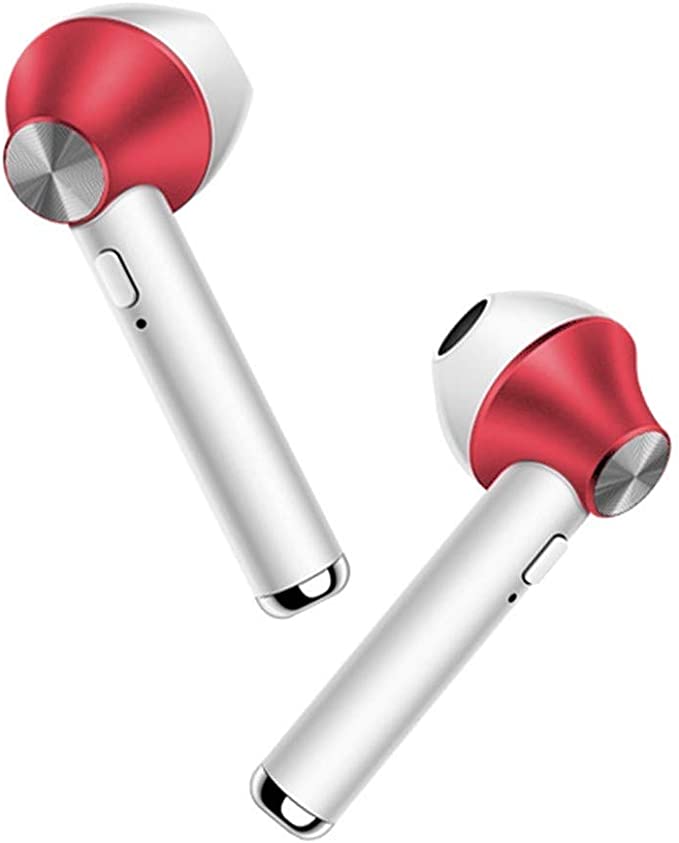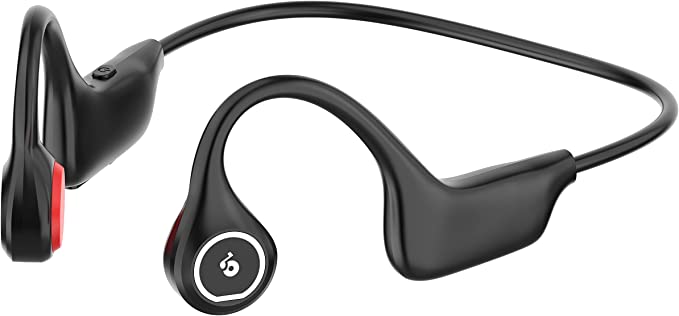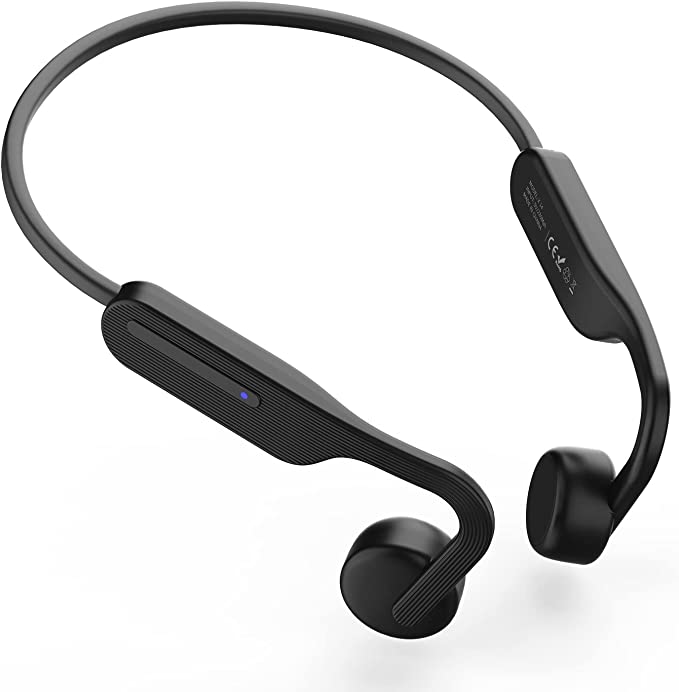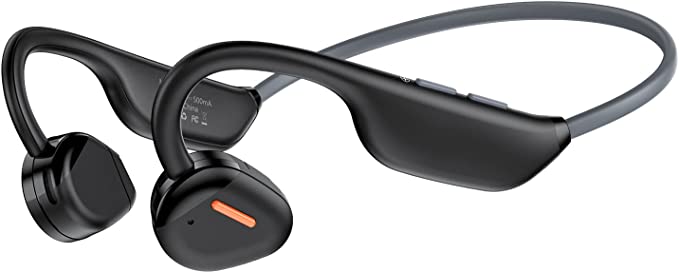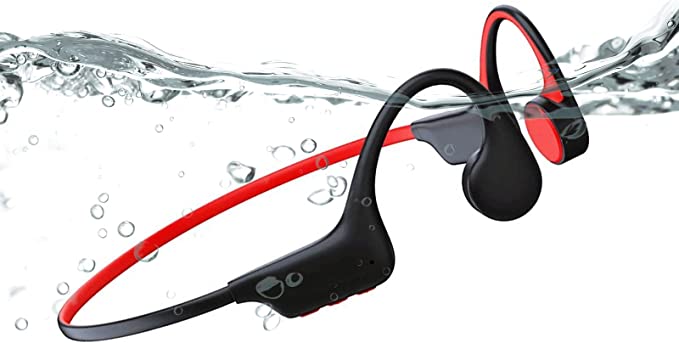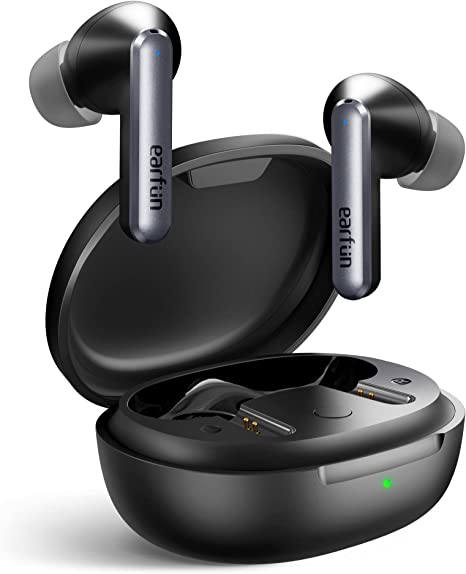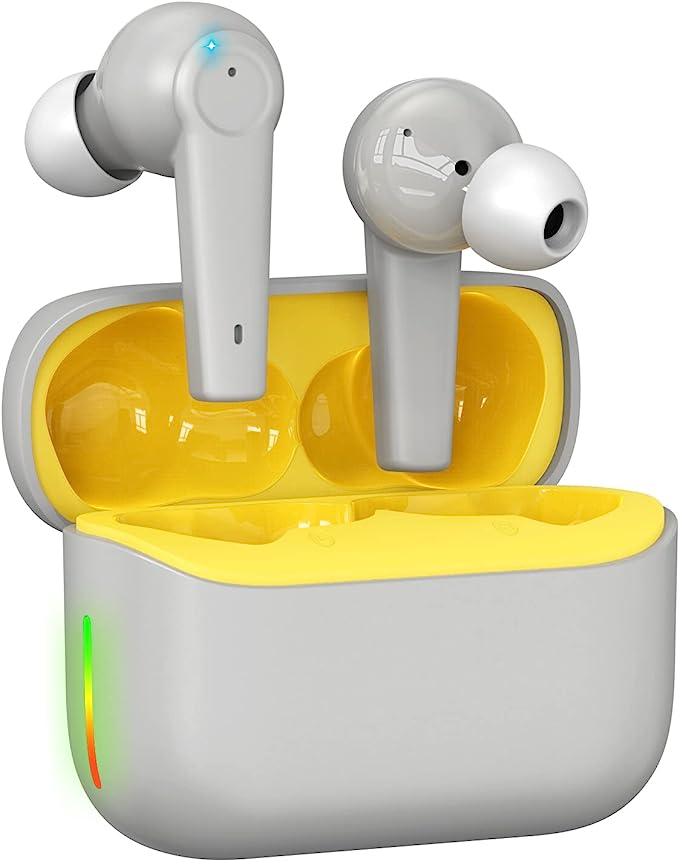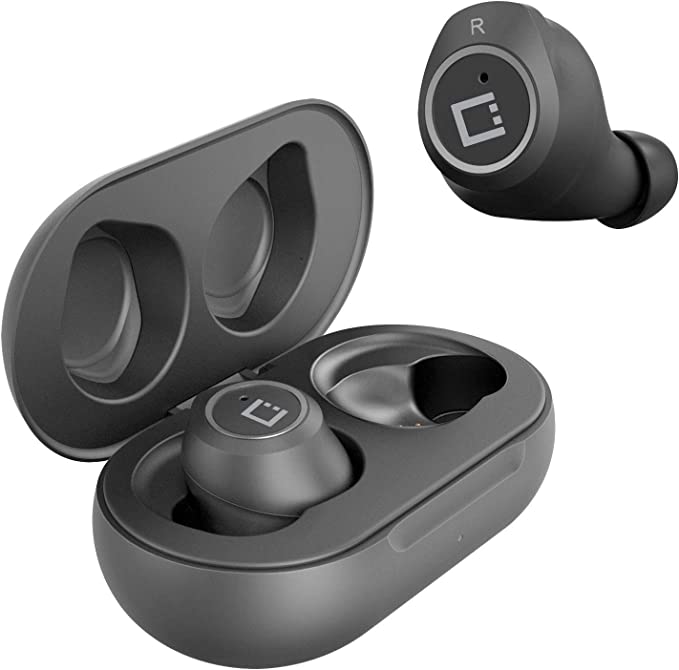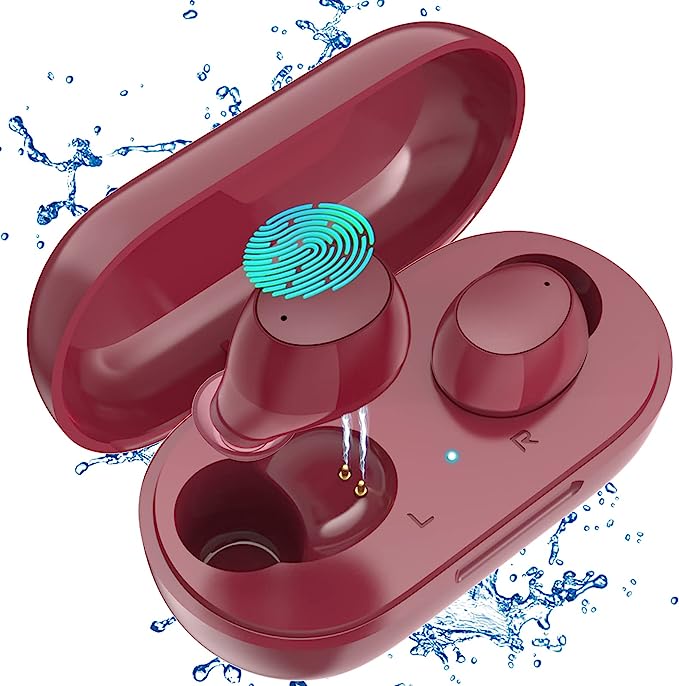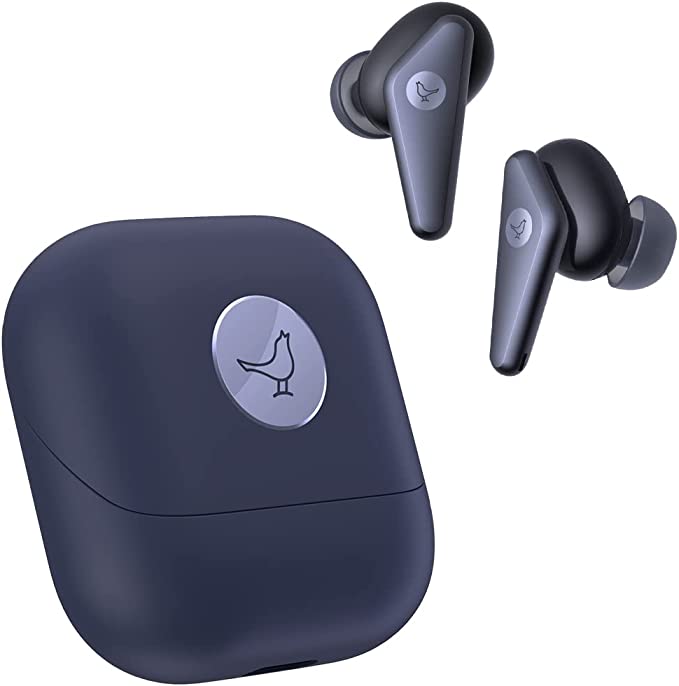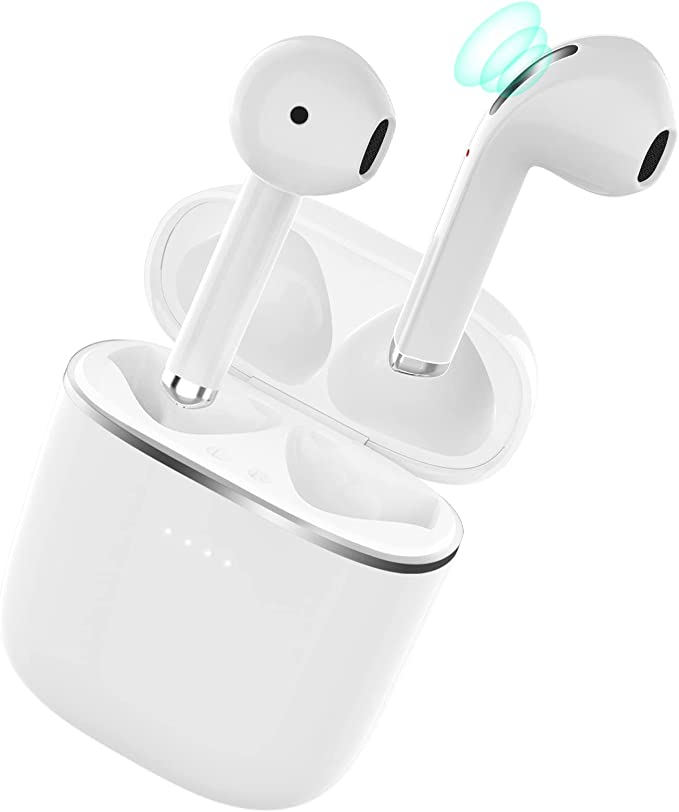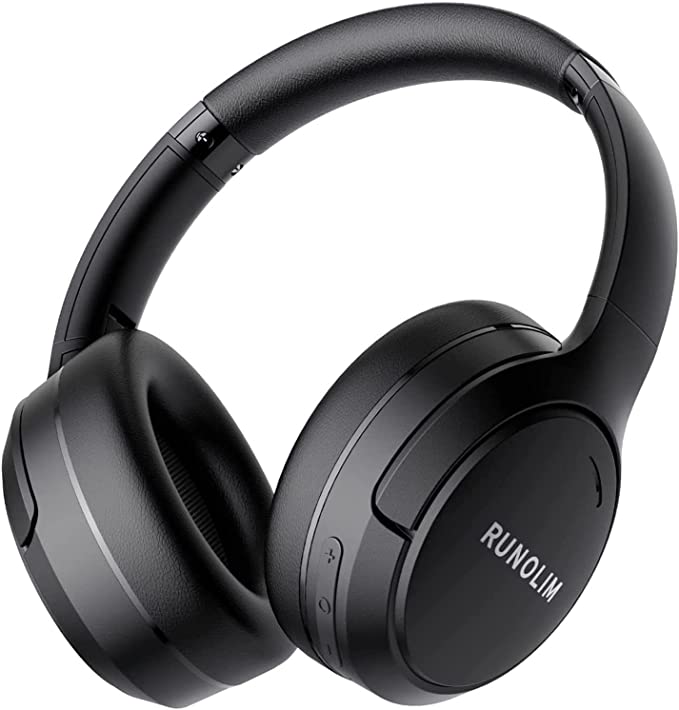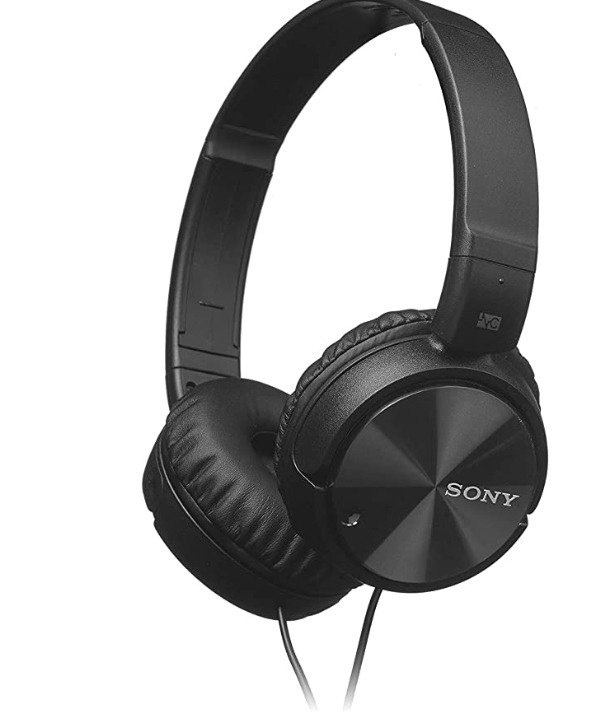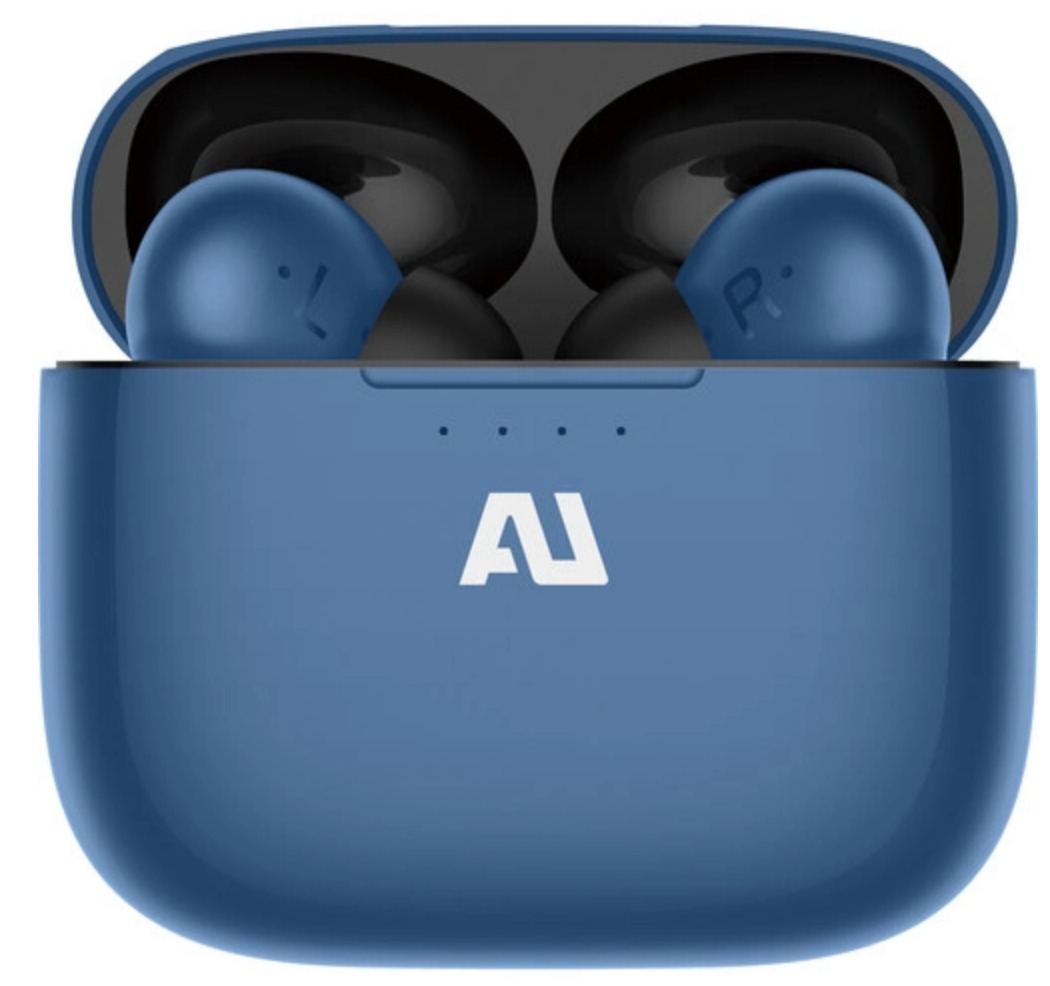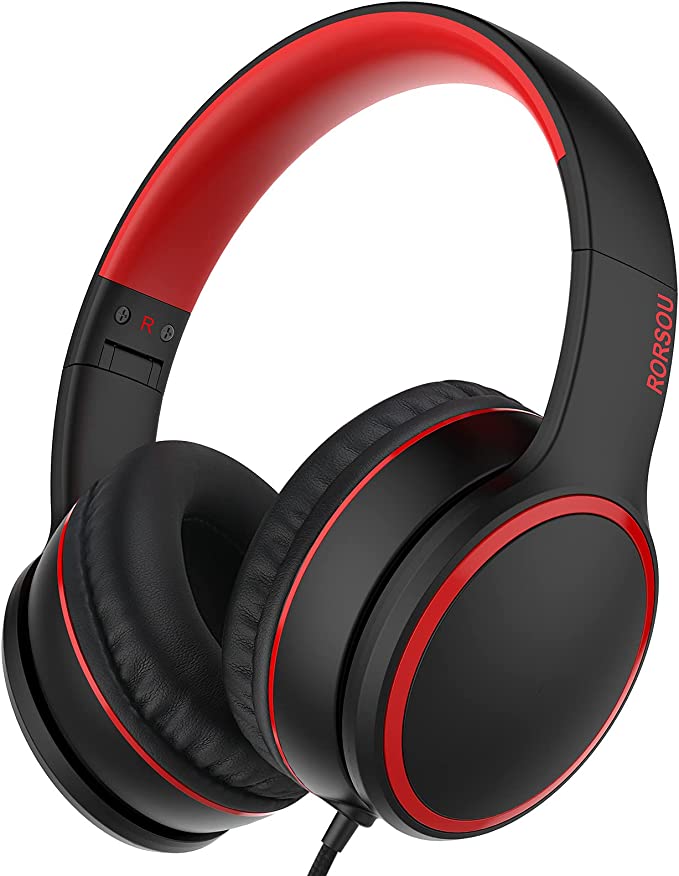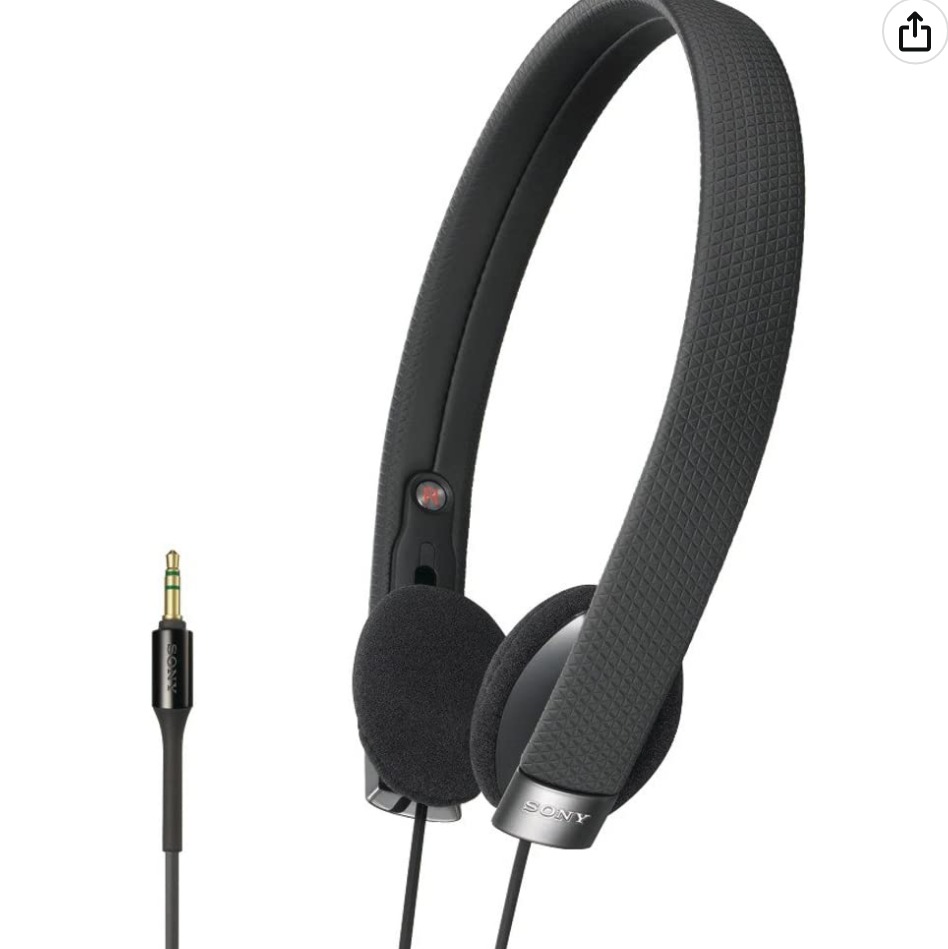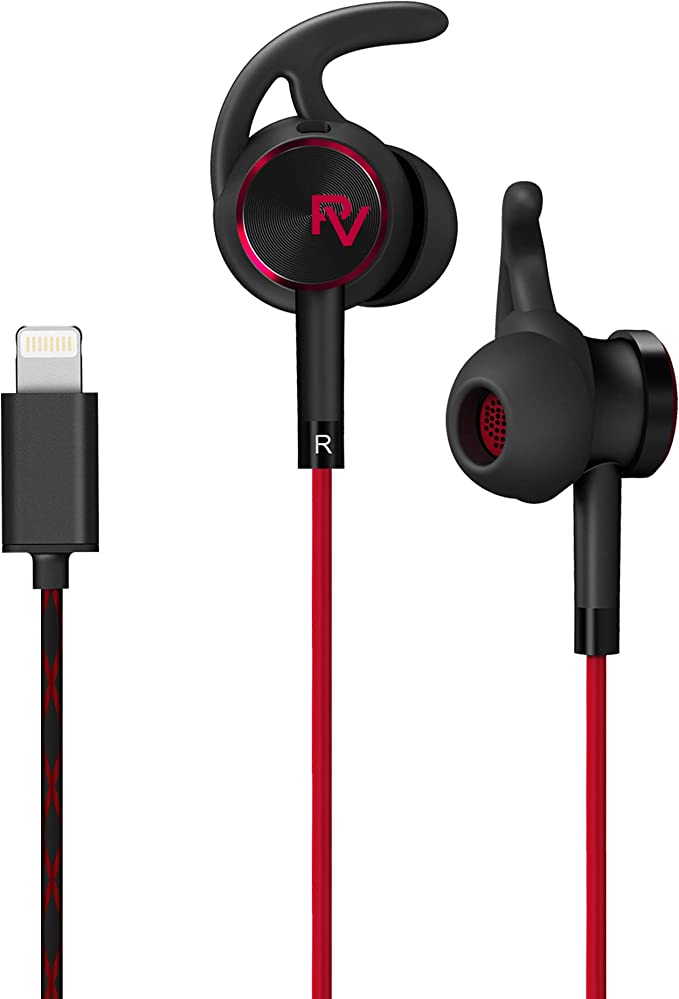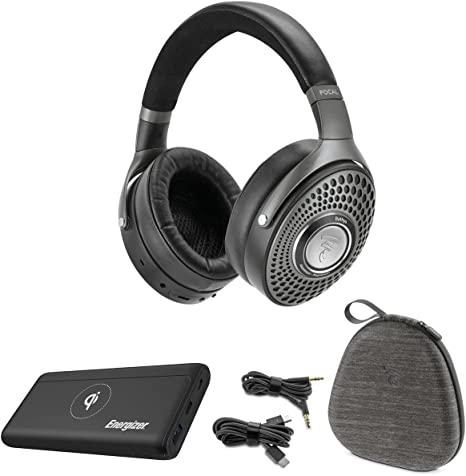Decoding Sound: Understanding Active and Environmental Noise Cancellation in Headphones
Update on Feb. 17, 2025, 9:48 a.m.
The Symphony of Silence: Why We Crave Quiet
Our ears are incredible instruments. They allow us to experience the world in a rich tapestry of sound, from the gentle rustling of leaves to the soaring melodies of our favorite music. But this constant influx of auditory information can also be overwhelming. The relentless hum of traffic, the clatter of keyboards in a busy office, the drone of an airplane engine – these unwanted sounds, collectively known as noise, can disrupt our concentration, increase stress levels, and even impact our overall well-being. It’s no wonder we often crave moments of quiet, seeking refuge from the cacophony of modern life. This innate desire for tranquility is what has driven the development of noise-cancelling technology, a field that has revolutionized the way we experience sound.

The Whispers of the World: Unpacking Sound
Before we delve into the intricacies of noise cancellation, let’s take a step back and appreciate the fundamental nature of sound itself. Sound is, at its core, a form of energy. It’s created when an object vibrates, causing the surrounding air molecules to move back and forth. These vibrations create waves of pressure that travel through the air, much like ripples spreading across a pond when you toss in a pebble.
When these sound waves reach our ears, they cause our eardrums to vibrate. These vibrations are then transmitted through tiny bones in the middle ear to the cochlea, a fluid-filled, snail-shaped structure in the inner ear. Within the cochlea, thousands of tiny hair cells convert these vibrations into electrical signals that are sent to the brain via the auditory nerve. Our brain then interprets these signals as the sounds we hear. It’s a remarkable process, a testament to the intricate design of the human auditory system.
Measuring the Roar: Decibels and Frequency Explained
We describe sounds using two primary characteristics: loudness and pitch. Loudness, or intensity, is measured in decibels (dB). The decibel scale is logarithmic, meaning that an increase of 10 dB represents a tenfold increase in sound intensity. A whisper might register around 30 dB, while a normal conversation is closer to 60 dB. A rock concert, on the other hand, can easily exceed 110 dB, a level that can cause damage to your hearing with prolonged exposure.
Pitch, on the other hand, is related to the frequency of the sound wave, measured in Hertz (Hz). Frequency refers to the number of vibrations per second. A low-pitched sound, like a bass drum, has a low frequency, while a high-pitched sound, like a whistle, has a high frequency. The human ear can typically detect sounds ranging from about 20 Hz to 20,000 Hz, although this range can vary with age and individual differences.

A History of Hush: The Evolution of Noise Cancellation
The quest to control and manipulate sound is not new. The earliest attempts at noise control focused on passive methods, such as using thick walls or sound-absorbing materials to block or dampen unwanted sounds. Think of the heavy curtains in a theater or the foam panels in a recording studio.
The concept of active noise cancellation, however, is a more recent development. The first patent for an ANC system was granted in 1936 to Paul Lueg, a German physicist. Lueg’s idea was to use a microphone to pick up unwanted noise and then generate an “anti-noise” signal that would cancel it out. However, the technology of the time was not advanced enough to make this a practical reality.
It wasn’t until the 1950s, with the development of more sophisticated electronics, that ANC systems began to see practical application. Early systems were primarily used in aviation, to reduce the loud engine noise in aircraft cockpits. Over the following decades, ANC technology continued to improve, becoming smaller, more efficient, and more affordable. Today, it’s a common feature in headphones, allowing us to enjoy our audio in peace, even in noisy environments.

Active Noise Cancellation (ANC): The Science of Subtracting Sound
Active Noise Cancellation, or ANC, is a fascinating technology that leverages the principle of wave interference. As we discussed earlier, sound travels in waves. When two waves meet, they can either reinforce each other (constructive interference) or cancel each other out (destructive interference). ANC utilizes destructive interference to eliminate unwanted noise.
Here’s how it works:
- Microphone Pickup: A tiny microphone, usually located on the outside of the headphone earcup, picks up the ambient noise surrounding the listener.
- Signal Processing: This noise signal is then sent to a digital signal processor (DSP), a specialized microchip that performs complex calculations on the audio signal.
- Anti-Noise Generation: The DSP analyzes the incoming noise and generates an “anti-noise” signal. This anti-noise signal is a mirror image of the original noise wave – it has the same amplitude (loudness) but an inverted phase (where the original wave goes up, the anti-noise wave goes down).
- Sound Output: The anti-noise signal is then played through the headphone speaker, along with the desired audio (music, podcast, etc.).
- Cancellation: When the original noise wave and the anti-noise wave meet, they destructively interfere, effectively canceling each other out.
There are two main types of ANC:
- Feedforward ANC: This type uses an external microphone, placed on the outside of the earcup, to “listen” to the noise before it reaches the ear. This allows the system to react quickly to changes in the noise environment.
- Feedback ANC: This type uses an internal microphone, placed inside the earcup, to monitor the sound that has reached the ear. This allows the system to fine-tune the noise cancellation and eliminate any residual noise that might have slipped past the feedforward system.
- Hybrid ANC: combines both.
Environmental Noise Cancellation (ENC): Clarity in the Chaos
While ANC focuses on creating a quiet listening environment for the user, Environmental Noise Cancellation (ENC) has a different goal: to improve the clarity of your voice during calls. ENC is particularly useful in noisy environments, where background sounds can make it difficult for the person on the other end of the line to hear you.
ENC typically employs multiple microphones, often arranged in an array. This array allows the system to not only detect sound but also to determine its direction. By analyzing the subtle differences in the time it takes for sound to reach each microphone, the system can pinpoint the location of the sound source.
Sophisticated algorithms then process the signals from the microphones, distinguishing between your voice (which is typically close to the microphone) and background noise (which is usually farther away and coming from multiple directions). The system then suppresses the background noise while amplifying and clarifying your voice, ensuring that it’s transmitted clearly to the person you’re talking to.
Beyond Silence: The Transparency Mode
While noise cancellation is highly effective at blocking out unwanted sounds, there are times when you might want to be aware of your surroundings. This is where Transparency Mode comes in. Transparency Mode, sometimes called “ambient mode,” uses the external microphones on your headphones to pick up sounds from your environment and pass them through to your ears.
This allows you to hear what’s going on around you – announcements on a train, traffic while you’re walking, or a colleague trying to get your attention – without having to remove your headphones. It’s a convenient feature that adds versatility to noise-cancelling headphones, allowing you to seamlessly switch between immersive listening and situational awareness.
The Wireless Bridge: Bluetooth and Audio Quality
The HAPPYAUDIO S4, like many modern headphones, utilizes Bluetooth technology to connect wirelessly to your devices. Bluetooth is a short-range wireless communication standard that allows devices to exchange data without the need for cables.
Over the years, Bluetooth has evolved, with newer versions offering improved performance. The S4 uses Bluetooth 5.2, which provides several advantages over older versions:
- Lower Latency: Reduced delay between the audio source and your headphones, which is crucial for video and gaming.
- More Stable Connection: Less likely to experience dropouts or interference.
- Improved Power Efficiency: Longer battery life for your headphones.
It’s important to note that Bluetooth audio quality can be affected by the codec used. A codec is a software algorithm that encodes and decodes digital audio data. Some common Bluetooth codecs include:
- SBC: The standard, mandatory codec for all Bluetooth devices. It offers decent audio quality but is not the most efficient.
- AAC: A more advanced codec that offers better audio quality than SBC, especially at lower bitrates. It’s widely supported by Apple devices.
- aptX: A family of codecs developed by Qualcomm, offering higher audio quality and lower latency than SBC.
(Note: While the provided information doesn’t specify which codecs the HAPPYAUDIO S4 supports, it’s a crucial factor in overall audio quality. It would be beneficial to confirm this information.)
The Heart of the Sound: Headphone Drivers Demystified
The driver is the component within a headphone that actually produces the sound. It’s essentially a tiny loudspeaker, converting electrical signals into sound waves. There are several different types of headphone drivers, each with its own strengths and weaknesses:
- Dynamic Drivers: The most common type of driver, dynamic drivers use a diaphragm attached to a voice coil that’s suspended in a magnetic field. When an electrical signal passes through the voice coil, it creates a magnetic field that interacts with the permanent magnet, causing the diaphragm to vibrate and produce sound. Dynamic drivers are known for their powerful bass response and relatively low cost.
- Planar Magnetic Drivers: These drivers use a thin, flat diaphragm with a conductive pattern etched onto it. This diaphragm is suspended between two arrays of magnets. When an electrical signal passes through the conductive pattern, it creates a magnetic field that interacts with the magnets, causing the diaphragm to vibrate. Planar magnetic drivers are often praised for their detailed sound and low distortion.
- Balanced Armature Drivers: These drivers are very small and are commonly used in in-ear monitors (IEMs). They use a tiny armature that’s balanced between two magnets. When an electrical signal passes through a coil wrapped around the armature, it causes the armature to pivot, moving a diaphragm and producing sound. Balanced armature drivers are known for their efficiency and ability to reproduce detailed sound, particularly in the mid and high frequencies.
- Electrostatic Drivers: use an extremely thin diaphragm charged and placed between metal plates, very expensive.
(Note: The provided information doesn’t specify the driver type used in the HAPPYAUDIO S4. This is a critical piece of information for a thorough understanding of the headphone’s sound characteristics. It would be beneficial to confirm this.)

Protecting Your Ears: A Guide to Safe Listening
While headphones can provide an incredible listening experience, it’s crucial to use them responsibly to protect your hearing. Prolonged exposure to loud sounds can cause irreversible damage to the hair cells in your inner ear, leading to noise-induced hearing loss.
Here are some tips for safe listening:
- Follow the 60/60 Rule: Limit your listening volume to no more than 60% of the maximum volume for no more than 60 minutes at a time.
- Take Breaks: Give your ears regular breaks from listening to allow them to rest.
- Use Noise-Cancelling Headphones: By reducing background noise, noise-cancelling headphones allow you to listen at lower volumes, reducing the risk of hearing damage.
- Be Aware of Your Surroundings: If you’re using headphones in a public place, make sure you can still hear important sounds, such as traffic or announcements.
- Get Your Hearing Checked Regularly: If you’re concerned about your hearing, get it checked by a qualified audiologist.
Conclusion: The Value of Quiet in a Noisy World.
In our increasingly noisy world, the ability to control our auditory environment has become more important than ever. Noise-cancelling technology, like that found in the HAPPYAUDIO S4 wireless earbuds, offers a powerful tool for reclaiming our focus, enjoying our audio, and protecting our hearing. By understanding the science behind sound and noise cancellation, we can appreciate the ingenuity of these devices and use them responsibly to enhance our lives. The pursuit of silence, it turns out, is a symphony of its own.


